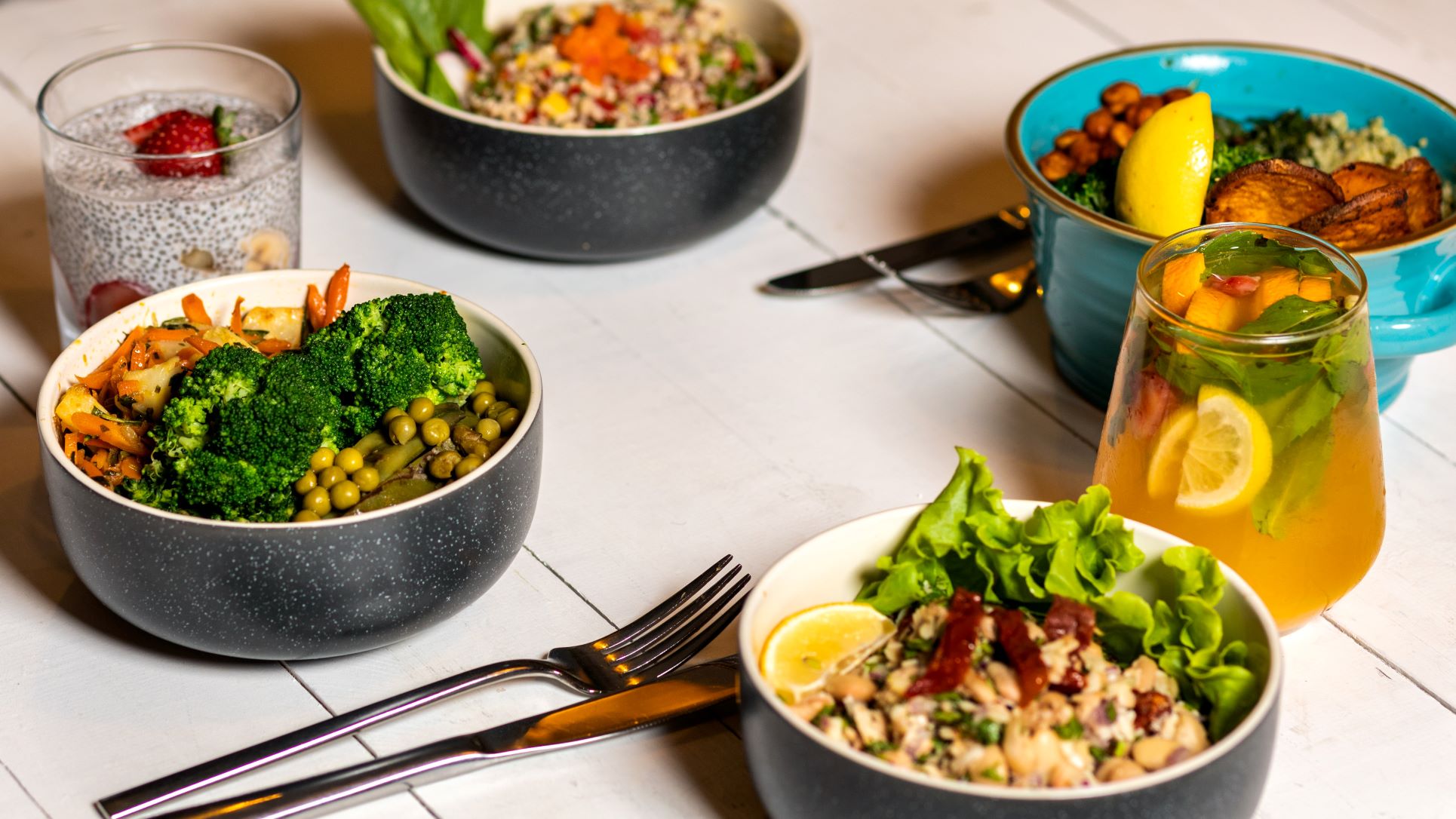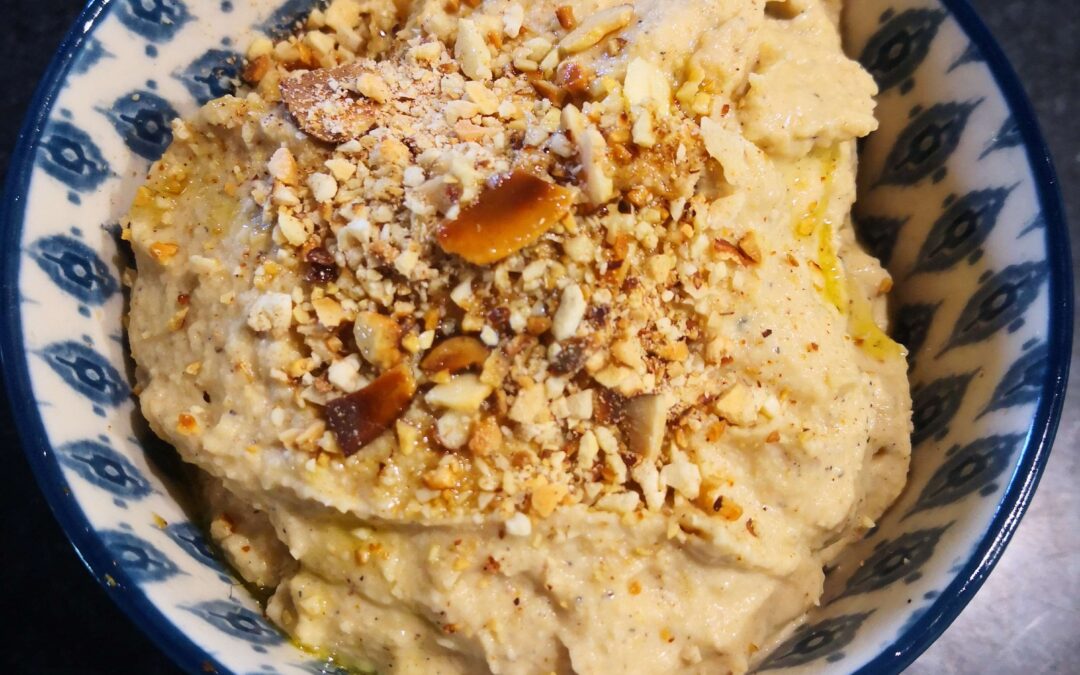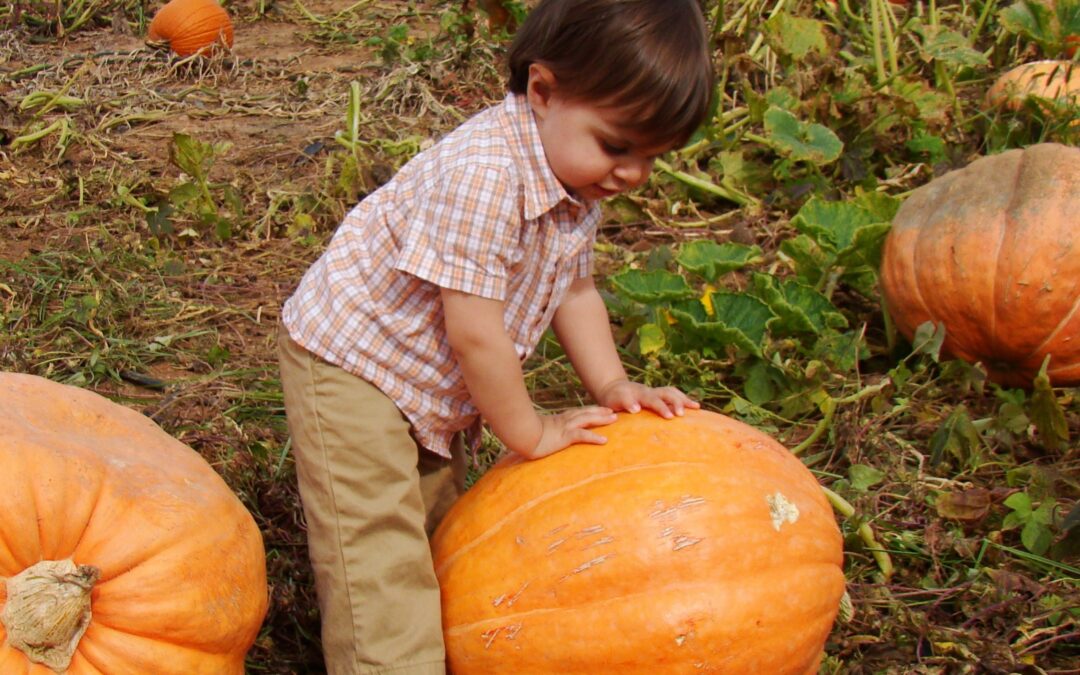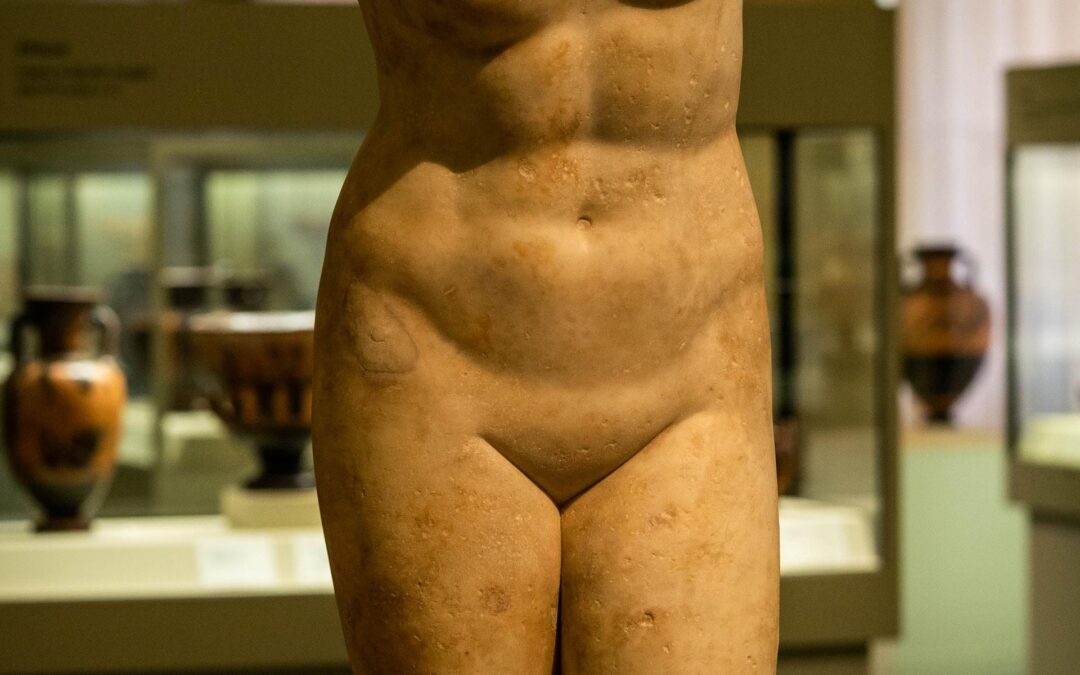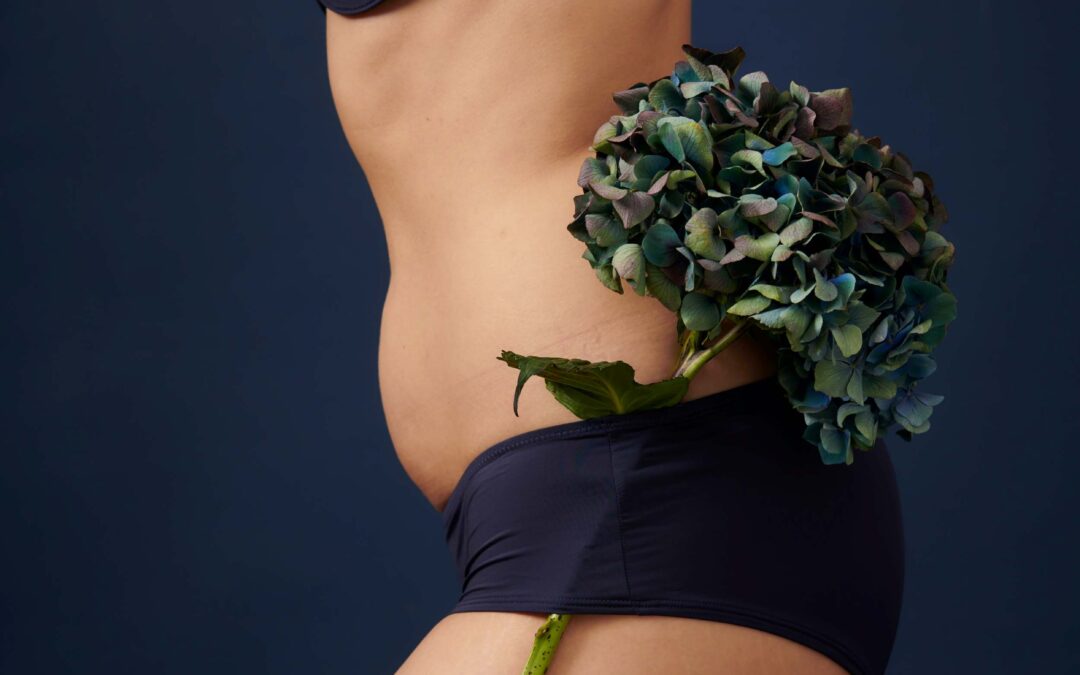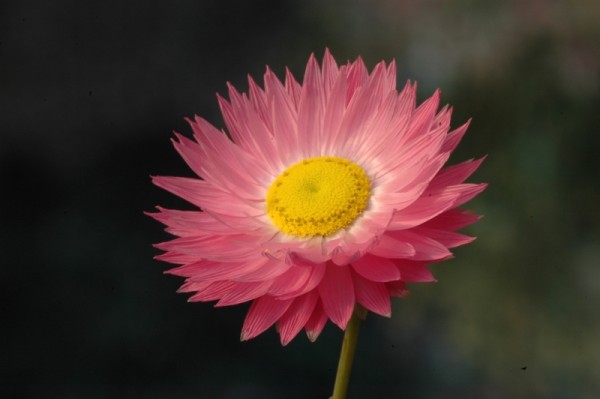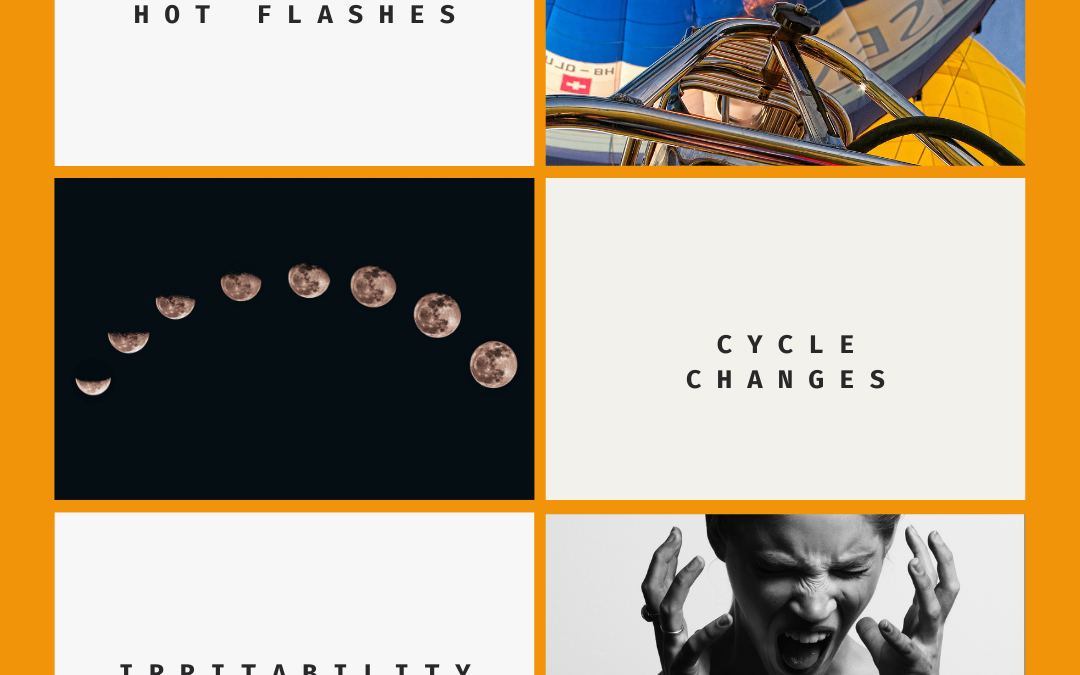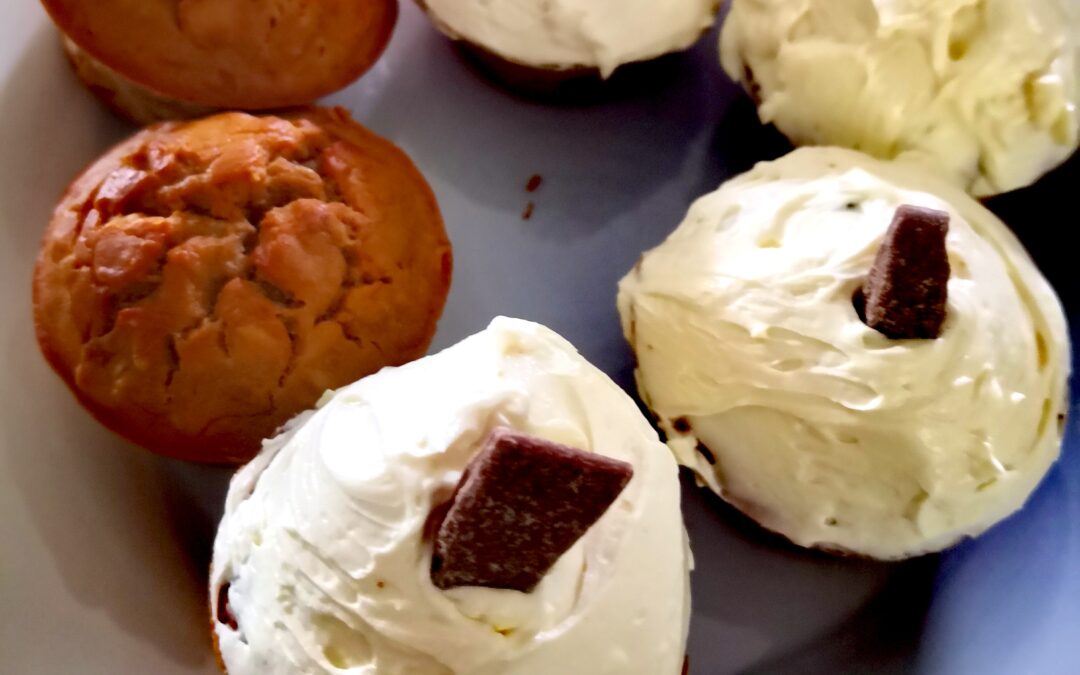Iron is such a crucial nutrient we (especially women) need to be consuming in our diet regularly. Not only does it help your energy levels but it helps to transport oxygen around the body & stores it in our muscles, making it essential for life! And what is also very important right now…keeps our immune system at optimum form. During a consult I’m always asking about what you’re eating…trying to gauge are you getting enough of all the nutrients from your diet…& chatting about how you can include foods to boost your levels naturally.
You may be surprised by how much you need to be eating everyday to keep your levels up….& if you also happen to be iron deficient, then you’re gonna need a heap more – hence why we top up with a quality absorbable iron supplement.
So…how much iron do I need?
| Age | Recommended Daily Intake1 |
| All 1-3 years | 9mg per day |
| All 4-8 years | 10mg per day |
| Girls 9-13 | 8mg per day |
| Girls 14–18 | 15mg per day |
| Boys 9-13 | 8mg per day |
| Boys 14–18 | 11mg per day |
| Females 19–50 | 18mg per day |
| Female 51+ | 8mg per day |
| Males 19+ | 8mg per day |
| Pregnant & lactating women | Recommended Daily Intake1 |
| All pregnant women | 27mg per day |
| Lactating women, 19–30 years | 9mg per day |
For example, a man could get his RDI for iron by simply having a serve of wholegrain iron-enriched breakfast cereal, a serve of red meat and handful of nuts in one day.
Women in their reproductive years have a much higher iron requirement than men, due to the loss of monthly blood in their period. As such it can be difficult to meet daily requirements with food alone, which means they also have a higher risk of iron deficiency. If you’re trying to conceive & having difficulty, then please book in for a Fertility appointment today so I can thoroughly review your personal circumstances & best support you.
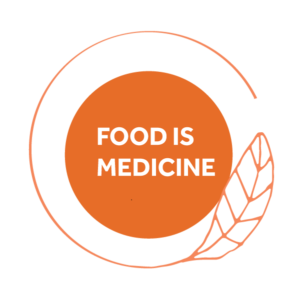
Where do I find iron in foods?
There are two types of iron that we can get from foods:
- Iron from animal sources is known as haem iron
- Iron from plant-based sources is called as non-haem iron.
Haem iron is absorbed more efficiently and in a different way to non-haem iron.
Animal-based iron sources (haem iron)
| Food | Serving size | Iron content |
| Mussels | 20 | 15mg |
| Chicken liver | 100g | 11mg |
| Oysters | 12 | 7.0mg |
| Beef | 100g | 3.5mg |
| Kangaroo | 100g | 3.2mg |
| Lamb | 100g | 2.5mg |
| Salmon | 100g | 1.28mg |
| Tinned tuna | 100g | 1.07mg |
| Lamb brains | 100g | 1.0mg |
| Pork | 100g | 0.8mg |
| Chicken | 100g | 0.4 mg |
| Snapper | 100g | 0.3 mg |
Plant-based iron sources (non-haem iron)
| Food Serving size Iron content | ||
|
All bran cereal |
30 g |
3.2 mg |
|
Kidney beans |
1 cup |
3.1 mg |
|
Green lentils |
1 cup |
3 mg |
|
Tofu |
100 g |
2.9 mg |
|
Quinoa |
1 cup |
2.8mg |
|
Chickpeas |
1 cup |
2.7 mg |
|
Wholemeal pasta |
140 g (1 cup) |
2.3 mg |
|
Cashew nuts |
30 g |
1.5 mg |
|
Raw spinach |
1 cup |
1.2 mg |
|
Rolled oats |
30 g |
1.1 mg |
|
Almonds |
30 g |
1.1 mg |
|
Dried apricot |
30 g |
0.93 mg |
|
Broccoli |
1 cup |
0.86 mg |
|
Brown rice |
140 g (1 cup) |
0.7 mg |
|
Wholegrain bread |
1 slice |
0.4 mg |
How can I improve my iron intake?
Some foods can help our bodies absorb iron, while others can inhibit it.
To ensure your iron is being absorbed we recommend that you:
- eat foods high in vitamin C with foods that contain iron
- cook your plant foods to improve the amount of available iron
- avoid having tea, coffee, red wine or calcium/dairy during or directly after having a source of iron
- speak to your doctor about any possible dietary interactions with your medications or herbal supplements that could impair iron absorption.
- Ensure that you only take iron supplements under the advice of a Health Practitioner, as too much iron can also be harmful.
If you’re iron deficient & struggling to get your body back on track….book in with an appointment as there are many reasons why you may deficient…besides not getting enough from the foods you’re eating. I will use herbs & nutrients to bring your body back into balance.
*data sourced:
- Gropper SS, Smith JL, Groff JL. Advanced nutrition and human metabolism. 4th ed. Belmont, CA; Wadsworth; 2005. p. 78.
- Santoyo-Sánchez A, Aponte-Castillo JA, Parra-Peña RI, Ramos-Peñafiel C. Dietary recommendations in patients with deficiency anaemia. Revista Médica Del Hospital General De México. 2015 Jul;78(3):144-150. doi:10.1016/j.hgmx.2015.06.002.

